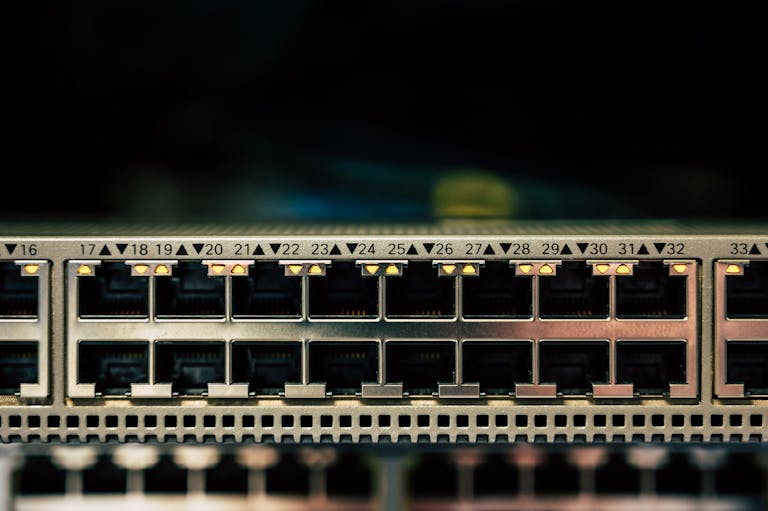Introduction
In the interconnected world of technology, networking devices form the backbone of any IT infrastructure. From routers to switches and firewalls, these devices play a crucial role in ensuring seamless connectivity, data transmission, and network security. This article explores the importance of networking devices in the modern IT landscape and discusses the benefits and best practices for managing these devices effectively.
Role of Networking Devices
Networking devices act as intermediaries that facilitate communication and data transfer between different devices on a network. They serve as the central point for connecting computers, servers, and peripherals, allowing them to communicate with each other and access shared resources. By providing networking capabilities, these devices enable organizations to build complex networks, establish connections with the internet, and create local area networks (LANs) or wide area networks (WANs).
Benefits of Networking Devices
Networking devices offer several benefits that are critical for businesses and individuals alike. They provide:
- Connectivity: Networking devices enable seamless communication and data transfer between devices, allowing users to share information, collaborate, and access resources.
- Efficiency: By providing fast and reliable network connections, these devices enhance productivity and enable smooth operations within organizations.
- Scalability: Networking devices are designed to accommodate growing network demands, allowing organizations to expand their infrastructure and support increasing bandwidth requirements.
- Security: Many networking devices come with built-in security features, such as firewalls and encryption, that protect data and networks from unauthorized access and cyber threats.
Best Practices for Managing Networking Devices
To maximize the benefits of networking devices, it is important to follow best practices for their management:
- Regular Updates: Keep networking devices up to date with the latest firmware and software updates to ensure optimal performance and security.
- Monitoring and Maintenance: Implement monitoring tools to track the performance of networking devices and identify any issues or bottlenecks. Regularly perform maintenance tasks, such as cleaning and replacing equipment, to prevent disruptions.
- Secure Configuration: Configure networking devices with strong passwords, disable unnecessary features, and implement security measures, such as VLANs and access controls, to protect against unauthorized access.
- Proactive Troubleshooting: Establish proactive troubleshooting procedures to quickly identify and resolve network issues. This can help minimize downtime and ensure uninterrupted network connectivity.
Conclusion
Networking devices play a crucial role in enabling seamless communication, data transfer, and network security in today’s IT landscape. By understanding their importance and implementing best practices for their management, organizations can create robust and efficient networks that support their business objectives. Whether it’s connecting devices within a small office or building a large-scale enterprise network, networking devices are essential components that drive the modern IT infrastructure forward.


